Editor’s Note: CNN Travel’s series often carry sponsorship originating from the countries and regions we profile. However, CNN retains full editorial control over all of its reports. Read the policy.
There’s no shortage of reasons to fall in love with Japan.
Whether you’re hunting down top eats in Tokyo and Osaka or basking in the country’s stunning landscapes, it’s impossible to take it all in in one visit. But you’ll certainly have a good time trying.
We’ve built the ultimate cheat sheet of top Japan experiences to help you plan your next visit. Also, be sure to click through the gallery on the top of this story of beautiful Japan destinations for more travel inspo.
THE GREAT OUTDOORS
Though Japan might be most famous for its dazzlingly modern cities, you’ll want to spend at least a few days exploring its stunning natural offerings. This is a nation that truly has it all, from rocky mountain peaks to white-sand beaches.
Here are few Japan experiences that will allow for both relaxation and adventure.
Winter sports

Nagano, which hosted the Winter Olympics in 1998, has long been a snowy escape for global travelers. But in recent years, Niseko on the northern island of Hokkaido has become another leading destination for powder hunters thanks to its fresh, quality snow and amazing food scene.
Down on the island of Honshu, meanwhile, Zao Onsen in Yamagata prefecture offers skiing, onsen (more on that later) and “snow monsters.”
For something completely different, the Tateyama Kurobe Alpine Route, dubbed the “Roof of Japan,” offers travelers a chance to drive down a highway framed by massive walls of snow that tower as high as 17 meters over the road.
Beach hopping
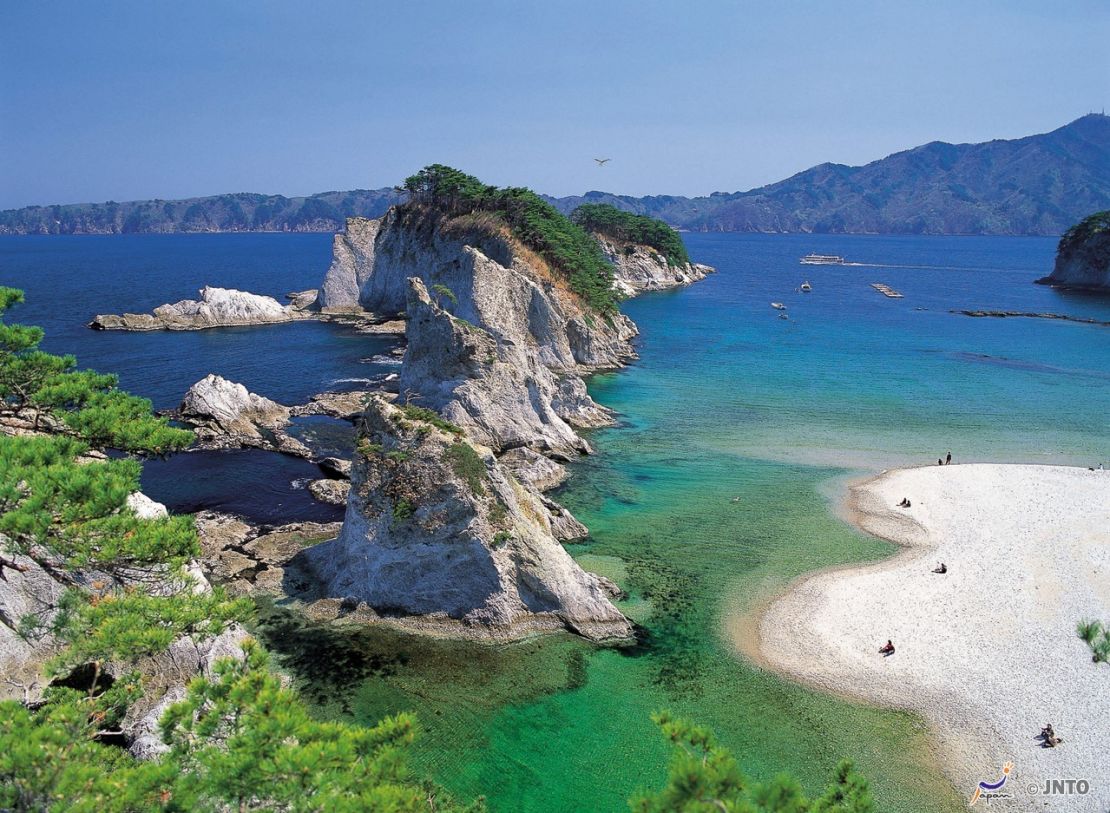
Being an island nation, Japan’s beach offerings are just as impressive as its skyscrapers and bullet trains.
In the north of Japan’s main island, Jodogahama Beach (Pure Land in English) is a tranquil hidden beach with crystal-clear water and stark white rocks.
If you prefer softer (and darker) sand, Ibusuki Beach is your dream destination. The subtropical beach is famed for a unique activity – sand bathing, or suna-mushi.
For island hoppers, you can check out a series of 260 tiny pine tree-covered islands in Matsushima.
Onsen soaking
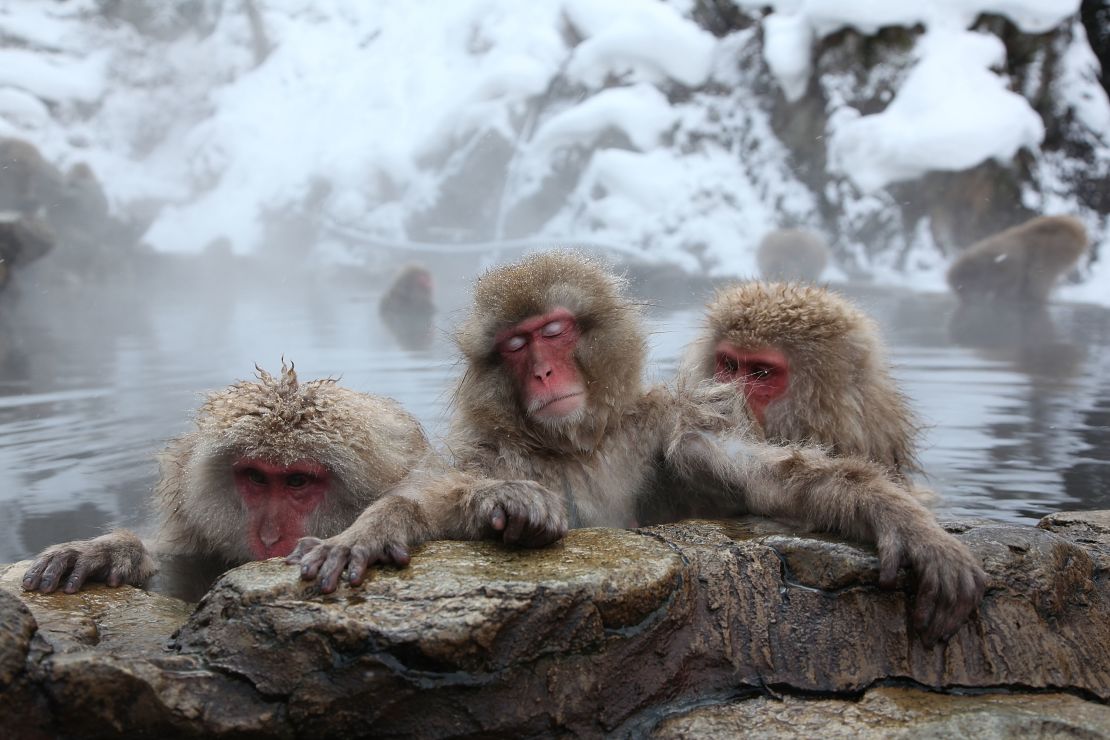
For anyone who hasn’t been to a Japanese onsen, take note: Nudity isn’t just the norm. It’s the rule.
The word “onsen” refers to Japan’s natural hot springs but it also can represent facilities like spas and inns that pipe the waters into their own bathing areas.
Though thousands of onsen exist throughout the country, Beppu is Japan’s hot spring capital – and for good reason. It’s home to more than 2,500 hot springs and is the world’s second-largest source of thermal spring water.
For travelers with ink, however, stripping down at a Japanese onsen can get tricky as many ban tattoos, which have been associated with yakuza gangs.
Fortunately, there’s Tattoo-Friendly, a website featuring properties that allow ink. Users can narrow down the search by choosing the type of facility they want to visit – gym, pool, hotel-and-ryokan (inn) or sento (public baths).
Each listed property includes a brief description of the place and its amenities, as well its specific policies on tattoos.
Hanami
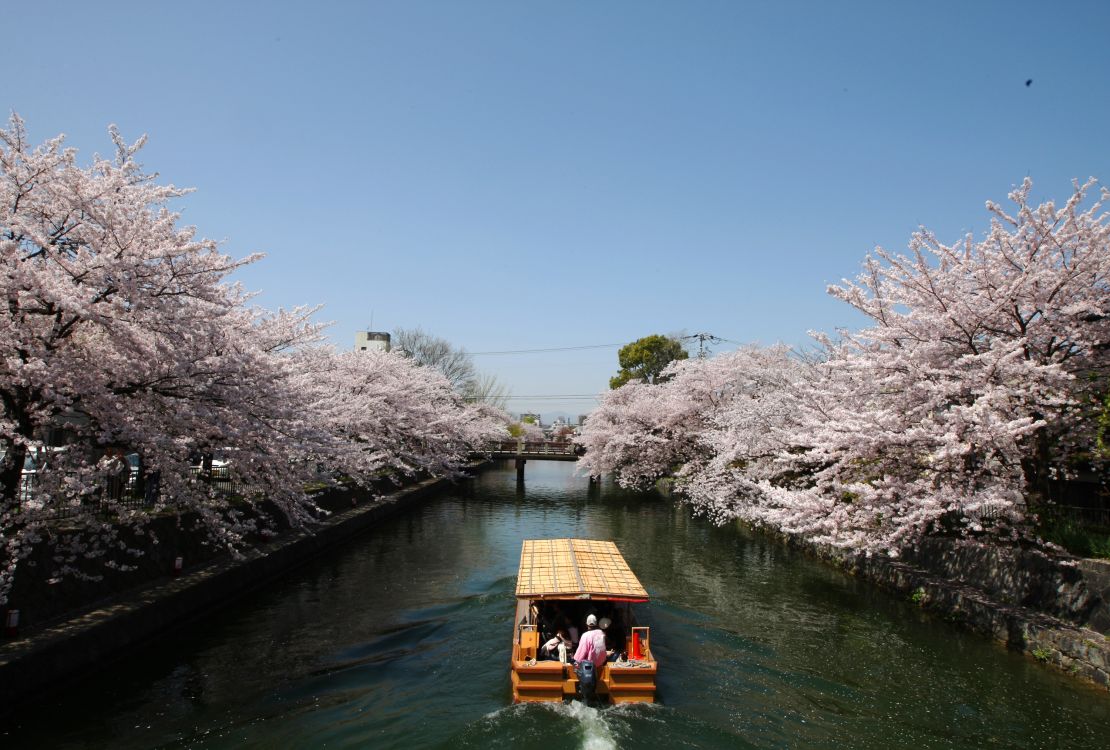
For just a few weeks every spring, Japan celebrates an annual ritual known as hanami: stopping to view and appreciate the beautiful spring blossoms.
It’s so popular the Japan Weather Association’s annual sakura (cherry blossom) forecast is broadcast live on TV, while the Japan National Tourism Organization has a regularly updated timetable of cherry blossoms predictions on their website.
Here are some of the best places around Japan to join the spring viewing party.
Hiking
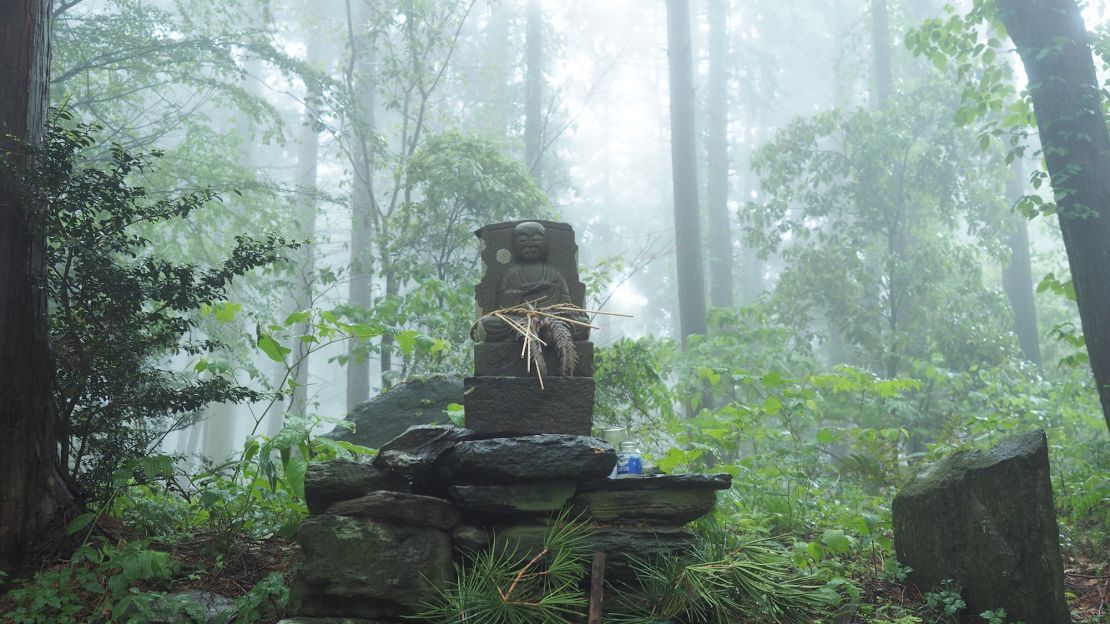
Being a mountainous nation, trekking is an extremely popular Japan activity.
For a spiritual journey, try Kumano Kodo, a multiday pilgrimage across Wakayama prefecture – fueled by great food, cute rural villages and rich culture along the way.
More than a thousand years ago, imperial leaders and aristocrats made their way to the main Kumano Kodo shrines through a network of hikes across the island. At the end of the hike we recommend spending the night at a temple in the mountaintop town of Koyasan, the center of Shingon Buddhism.
Here, ancient cedar forests share space with historic pagodas, paved roads, restaurants, schools, cafes and souvenir shops.
The enchanting Yakushima forest (the setting for Hayao Miyazaki’s epic film Princess Mononoke) on Kyushu island and the Sagano bamboo forest on the outskirts of Kyoto are other family-friendly places to enjoy a quiet walk in Japan.
TRADITION
Japan excels at striking the right balance between tradition and modernity, leading the way in technological advances while also embracing its past, whether it’s architecture, art, fashion, food or sports.
Here are a few experiences that will give you a taste for Japan’s traditional side.
Stay in a ryokan
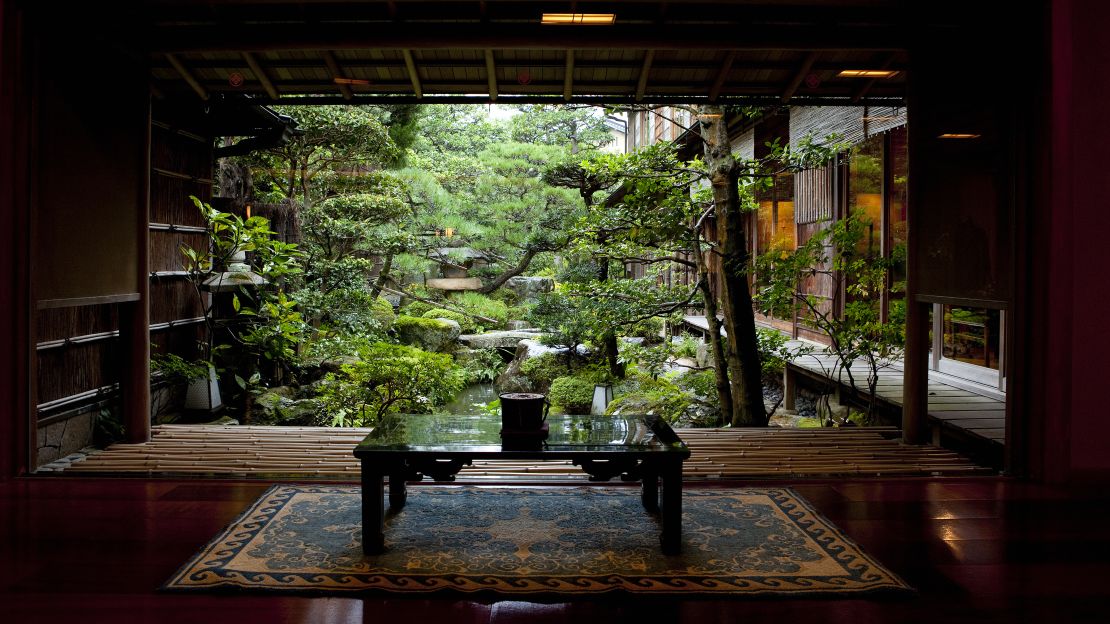
Looking for that classic Japanese inn experience, complete with tatami floors, onsen and sliding doors?
Staying in a ryokan, a traditional Japanese guesthouse, is the way to go. Catering to all budgets, they can be found throughout Japan – most commonly in the countryside outside of urban centers.
Guests are encouraged to wear yukata (house kimonos) and socks, while traditional Japanese meals are prepared in-house.
For some truly exquisite inns, check out our feature highlighting six of Japan’s most beautiful ryokans.
Tea ceremonies

The Japanese tea ceremony, or chado, is a traditional way of preparing and serving matcha (top quality green tea).
To make it, green tea leaves, grown in the shade, are dried and ground into a fine powder. This allows the tea to retain its nutrients. During the ceremony, which focuses on the rituals and mental states achieved in the process, the powder is whisked with hot water in a small bowl until a slight foam appears.
The top place to experience Japan’s matcha tea ceremony – or just enjoy a few cups of the precious drink – is Kyoto. There are plenty of tea making classes and demonstrations available in English and other languages.
Kimonos
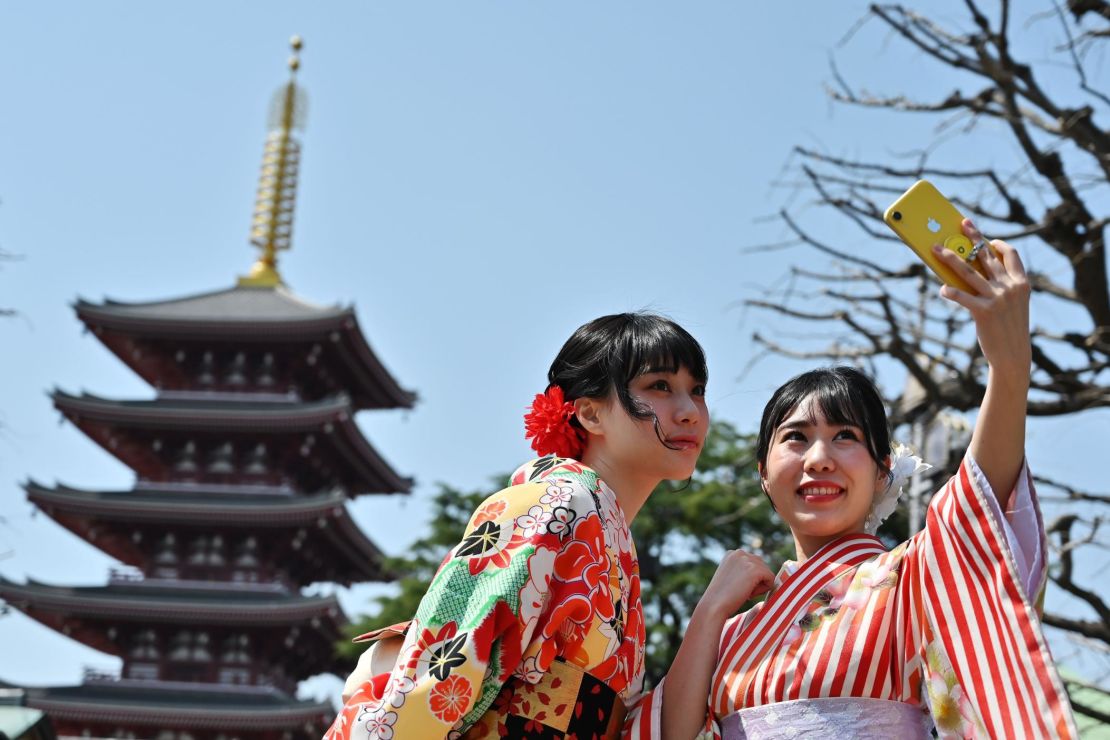
Japan’s most beautiful traditional attire, kimonos are undeniably an expensive souvenir to bring home. One reason for their hefty price tag is the painstakingly detailed process that goes into making them.
On the small island of Amami Oshima, for instance, it takes up to two years to make a single kimono.
Another reputable kimono-making company is Okaju in Kyoto, founded in 1855 and now helmed by the fourth generation Shigeo Okajima.
If you’d simply like to don one during your Japan visit, there are a number of rental companies throughout Kyoto.
Prefer to appreciate these beautiful garments from afar? Kyoto’s Gion district is where travelers can view graceful geishas, traditional Japanese entertainers, walking down the street in their kimonos.
But before taking photos, read this guide on what you should and shouldn’t do when geisha-watching.
Sumo watching
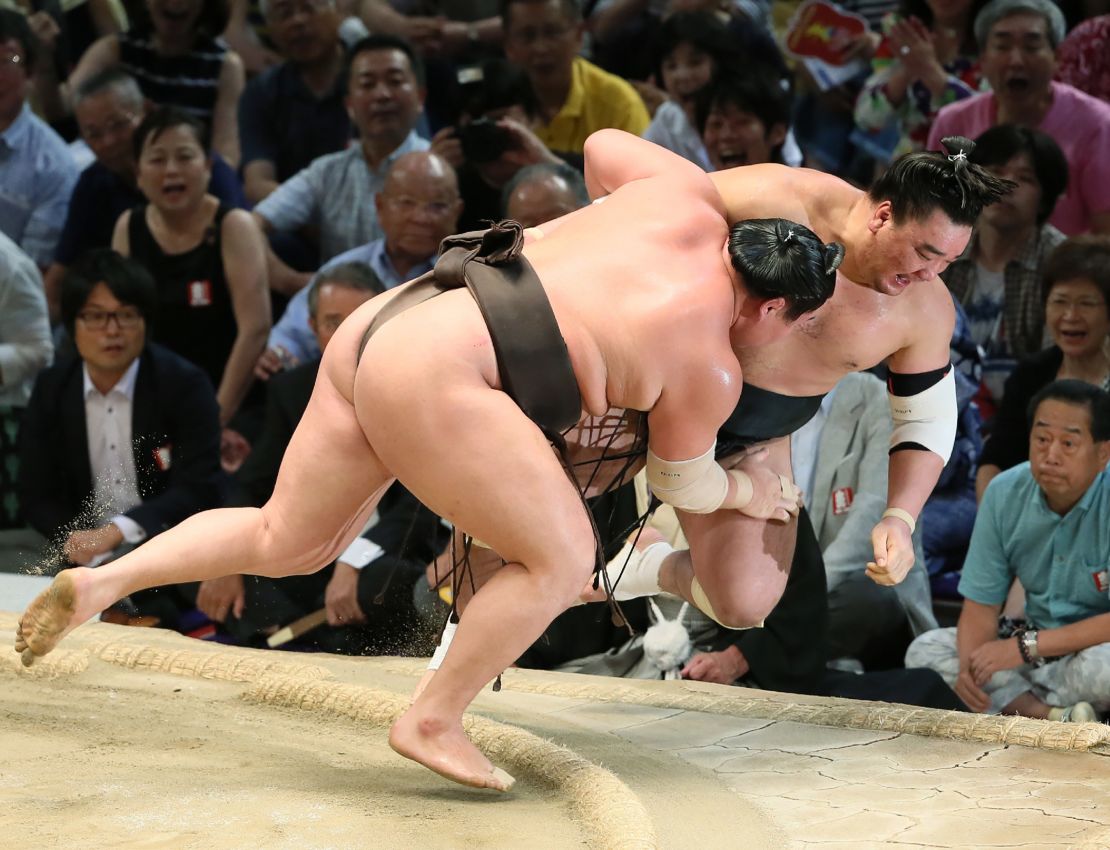
Sumo is as ancient as it is quintessentially Japanese. Historians agree that the sport dates back at least 2,000 years, and in its current form has remained largely unchanged since the Edo period.
But scoring a seat at one of Japan’s six major sumo tournaments per year might as tough as getting into the ring and wrestling yourself, though with a little advance planning you can make it happen. Tickets are available through Japan’s official sumo website.
There are other ways to get close to a sumo wrestler.
When they’re not competing, sumo wrestlers train year round in designated sumo stables, or beya.
These stables, which are mostly based in Tokyo’s Ryogoku neighborhood, are where the city’s wrestlers live, eat, sleep and practice on a near daily basis. In recent years, it’s become more common for foreigners to visit the morning practice, which begins at about 5 a.m. and lasts three to four hours.
Read more about Japan’s sumo stables here.
CUISINE
Japan is a culinary wonderland thanks to its unique heritage, a national obsession with food and an almost religious embrace of freshness and perfect production.
Here are a few of the country’s must-try dining experiences. Been there, ate that? For a deeper dive into the country’s culinary wonders, check out our list of 25 top Japanese dishes.
Sushi
How to eat sushi
Chances are, sushi is probably the first thing that comes to mind when you think “Japanese food.”
More than just a slice of fish over vinegar rice – that is only one type, called nigiri – mastering the art of sushi can easily take a lifetime. Luckily, there’s Sushi University, where travelers can learn to distinguish nigiri from nori-maki.
Almost poetic in its simplicity, good sushi relies on two things: the freshness of the ingredients and the knife skills of the chef.
Whether you like your raw fish draped over bite-sized balls of vinegared rice, rolled up in toasted nori seaweed or pressed into fat rectangular logs, delicious sushi can be found in every price range.
If you’re up for a splurge, Sushisho Masa (106-0031 Tokyo, Minato City,Nishiazabu, 4 Chome?1?15) in Tokyo’s Roppongi neighborhood is nothing short of perfection.
And then of course there’s Sukiyabashi Jiro, the fabled restaurant in Tokyo’s fashionable Ginza district widely regarded as the best sushi restaurant in the world. Hidden in a basement attached to the Ginza Metro Station, Sukiyabashi Jiro earned global fame following the 2012 documentary “Jiro Dreams of Sushi.”
Kobe beef
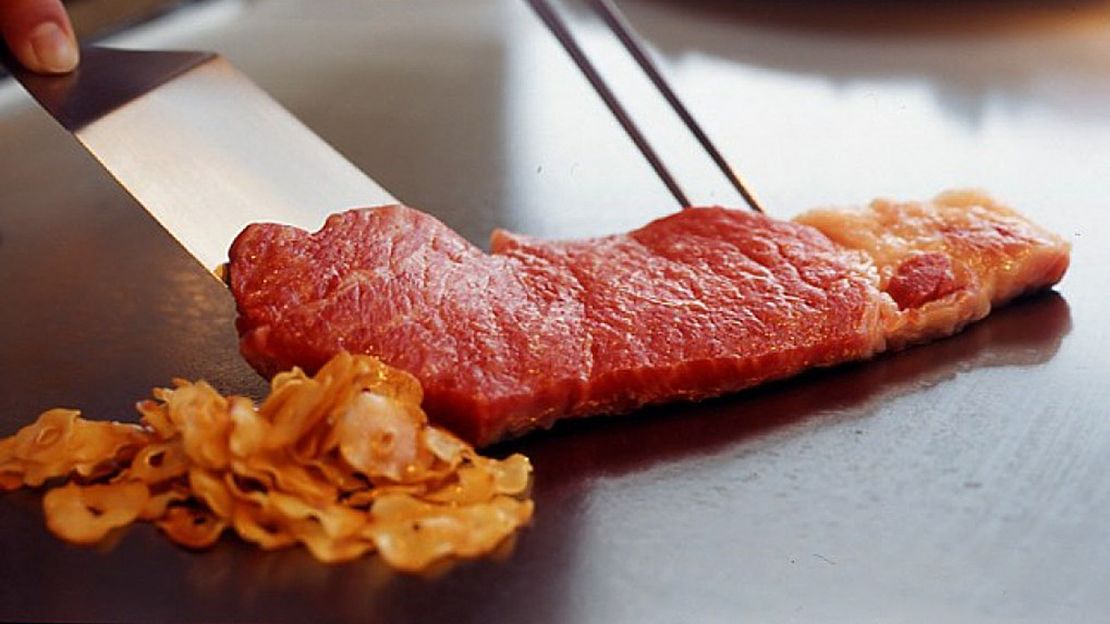
Known for its pervasive marbling and melt-on-your-tongue texture, Kobe beef is one of Japan’s most prized meats.
A type of Wagyu beef named after the region in which the cattle are raised, Kobe is relatively rare – only 3,000 cattle each year are certified as Kobe grade.
This has caused a fair bit of confusion but here’s an easy way to remember it. Wagyu (which literally means “Japanese cow”) refers to specific breeds of cattle that come from a direct, traceable and pure bloodline.
The Kansai region, where Osaka is based, produces the three “king” varieties of Wagyu: Matsusaka, Kobe and Ohmi. However, beef from other areas can be equally tasty.
Find out more about Japan’s various types of beef here.
Soba

Soba, or Japanese buckwheat noodles, are usually served cold with dipping sauce (called zaru soba) or served hot in dashi broth.
Triumphing over them all is te-uchi, which means “handmade,” soba in Japanese. The hand-kneaded and cut soba offers the best firmness and, hence, is more much tastier than the mass-produced variety.
For a truly unique soba experience, head to Iwate, a prefecture in Japan’s northeast where you can enjoy a 400-year-old all-you-can-eat noodle tradition called “wanko soba.”
One wanko soba restaurant claims a diner ate 570 bowls in one sitting.
Yakitori
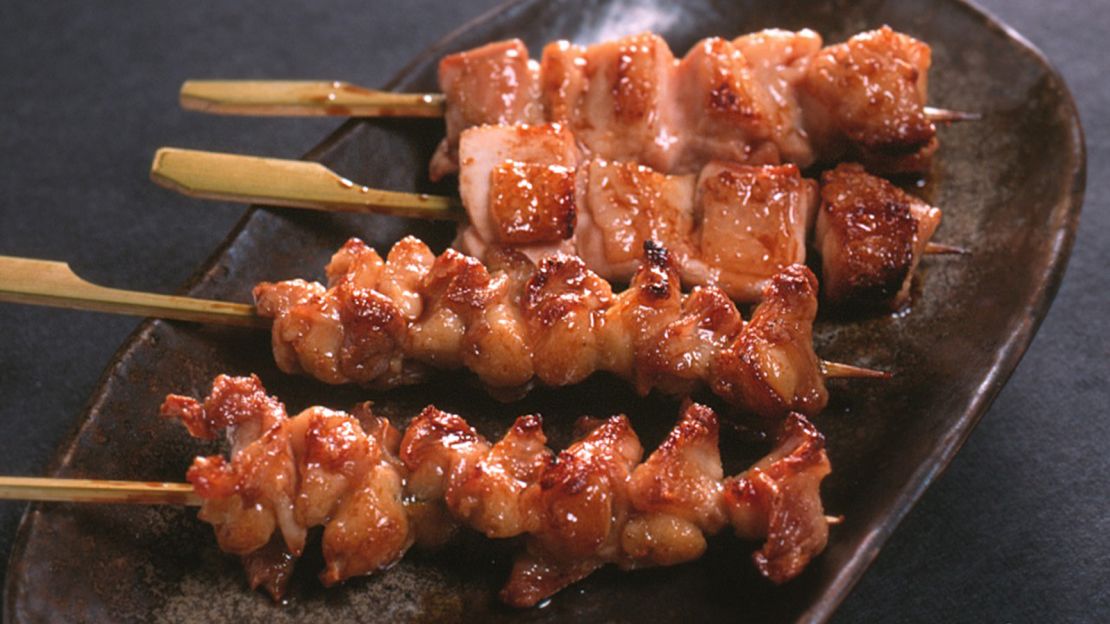
A yakitori restaurant is where you can sample every part of the chicken – from chicken breast to skins to gizzards – all presented on skewers, Japanese style.
Tokyo’s Torikado is one of the best places to enjoy them. A high-end omakase yakitori restaurant, Torikado’s diners will leave it up to the chef to decide what they eat.
Another popular way to chow down a few chicken skewers is with a beer at an izakaya, or casual Japanese pub. Here’s our selection of the best (and affordable) izakaya in Tokyo.
Kaiseki
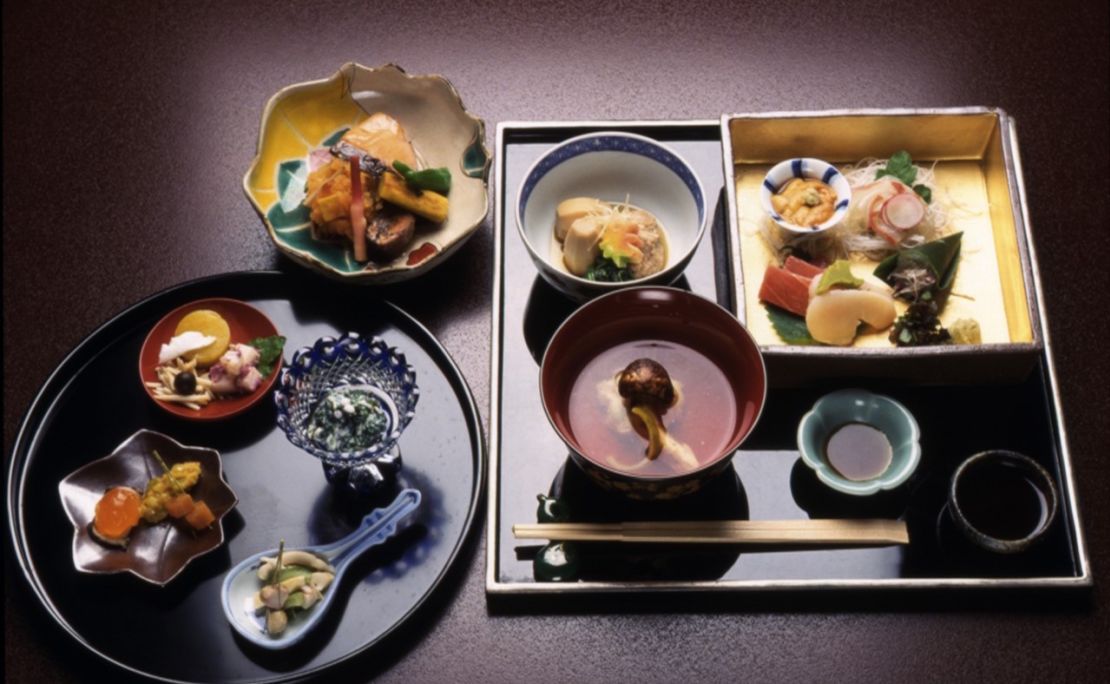
Japan travelers researching a trip to Kyoto will inevitably come across the word “kaiseki.”
To the outsider, it appears to simply be a multicourse Japanese dinner made up of beautifully plated dishes. But there’s so much more to this meticulously prepared, exquisitely served and, usually, very expensive meal.
To practitioners of this haute cuisine, kaiseki is the embodiment of “omotenashi,” which means wholehearted hospitality.
Wanna know more? We followed chef Hisato Nakahigashi of Miyamasou, a two Michelin-starred restaurant and ryokan, to put together this beginner’s guide to kaiseki meals.
Ramen

Nothing’s more comforting than slurping back a bowl of ramen on a cold rainy day.
There are four basic styles of the world-famous soup-based dish: Shoyu (soy sauce seasoning); shio (a light soy sauce version of shoryu); miso (made with fermented soy beans); and tonkotsu (a creamy-white pork bone broth).
CNN Travel asked Brian Mac, founder of the blog Ramen Adventures, to share some of his favorite ramen varieties in Tokyo and beyond, which include Hokkaido’s miso ramen, Kyushu’s Kumamoto ramen and all kinds of shoyu variations. Read more about them here.
Sake

Japanese rice wine, sake has a long-standing history dating back to the third century.
It’s produced all over the country – and many brewers are open to tours – but Japan’s Tohoku region in the northeast is where you’ll find some of the best bottles.
Part of what makes Tohoku’s sakes so different is geography: The winters are severe with heavy snowfalls and historically, because of its remoteness, agriculture has been the mainstay in Tohoku.
For visitors making the trip north, several breweries offer tours in English, as well as tastings – but you will need to book in advance via their websites.
Read more about the Tohoku region’s famous sake producers here.












































